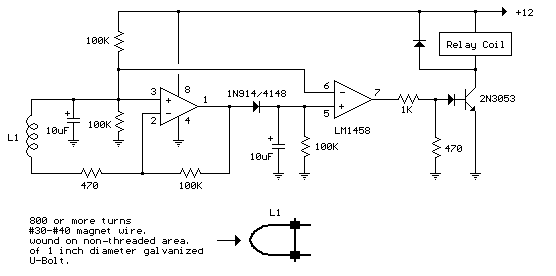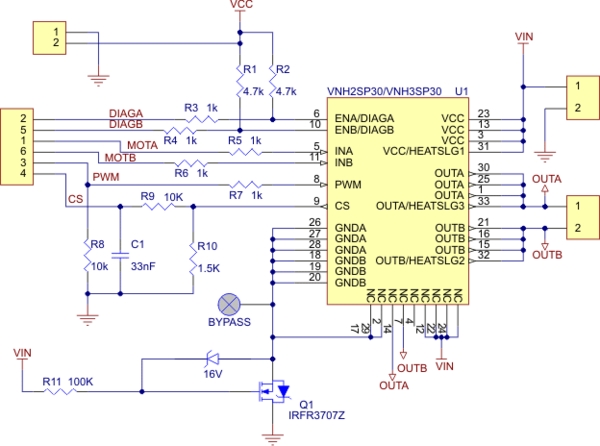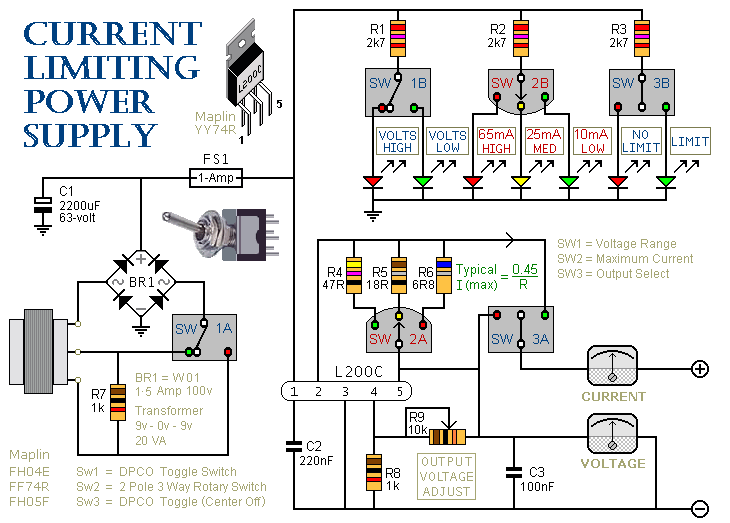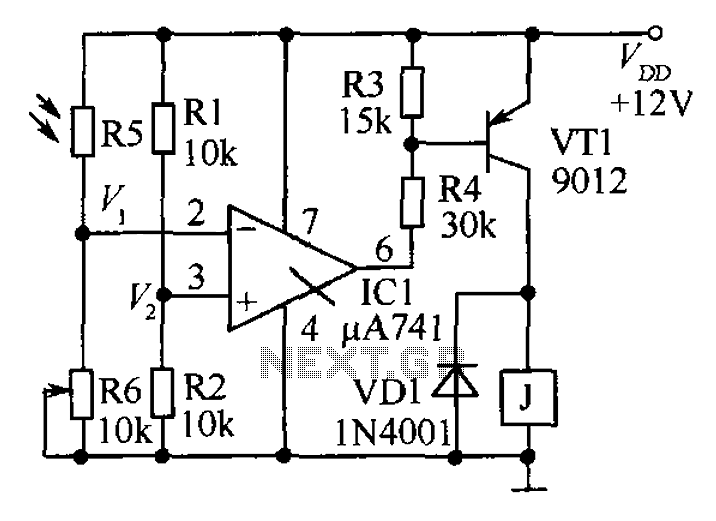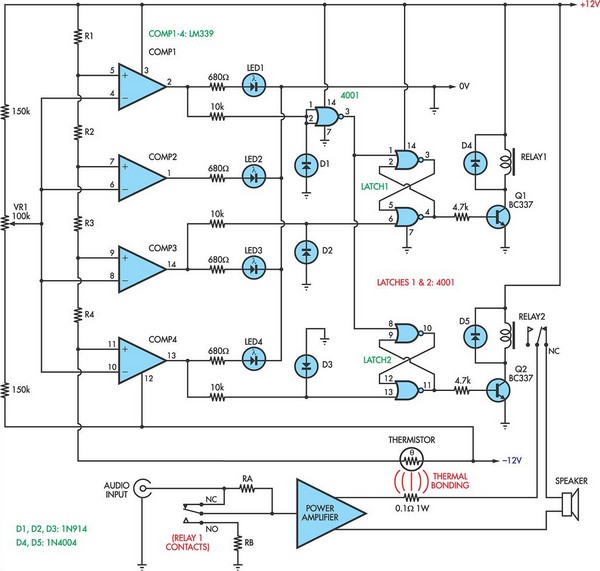
Precision current sink
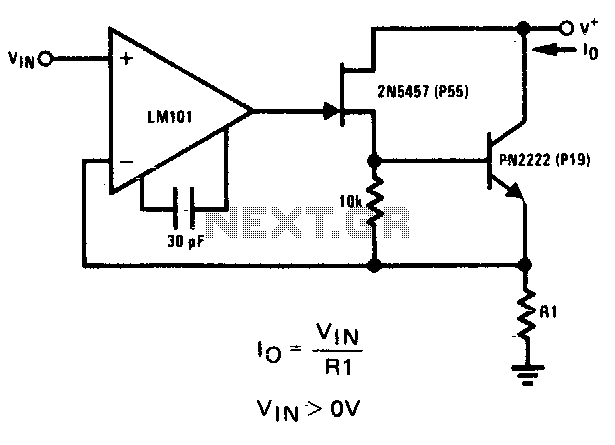
The 2N5457 JFET and PN2222 bipolar transistor exhibit high output impedance. Employing Rl as a current sensing resistor to feedback into the LM101 operational amplifier yields significant loop gain for negative feedback, thereby improving the circuit's capability as a current sink. Additionally, for low current applications, the 10K resistor and PN2222 can be omitted if the JFET source is directly connected to Rl.
The circuit utilizes the 2N5457 JFET, which is characterized by its high input impedance and low noise, making it suitable for applications that require minimal signal distortion. The PN2222, a widely used NPN bipolar junction transistor, complements the JFET by providing additional current amplification and driving capabilities.
In this configuration, Rl serves a dual purpose: it acts as a current sensing resistor that enables the measurement of the current flowing through the circuit and provides feedback to the LM101 operational amplifier. The operational amplifier is configured to operate in a feedback loop, which enhances the overall stability and performance of the circuit. The high loop gain achieved through this feedback mechanism allows for precise control of the output current, reinforcing the circuit's effectiveness as a current sink.
For applications involving small current levels, the design can be simplified by removing the 10K resistor and the PN2222 transistor. By connecting the source of the JFET directly to Rl, the circuit maintains its functionality while reducing component count and complexity. This modification is particularly advantageous in low-power applications where minimizing power consumption and space is essential.
Overall, this configuration demonstrates a practical approach to designing a current sink circuit with high output impedance, leveraging the unique properties of both JFETs and bipolar transistors to achieve reliable performance across varying current levels.The 2N5457 JFET and PN2222 bipolar have inherently high output impedance. Using Rl as a current sensing resistor to provide feedback to the LM101 op amp provides a large amount of loop gain for negative feedback to enhance the true current sink nature of this circuit For small current values, the 10K resistor and PN2222 may be eliminated if the source of the JFET is connected to Rl.
The circuit utilizes the 2N5457 JFET, which is characterized by its high input impedance and low noise, making it suitable for applications that require minimal signal distortion. The PN2222, a widely used NPN bipolar junction transistor, complements the JFET by providing additional current amplification and driving capabilities.
In this configuration, Rl serves a dual purpose: it acts as a current sensing resistor that enables the measurement of the current flowing through the circuit and provides feedback to the LM101 operational amplifier. The operational amplifier is configured to operate in a feedback loop, which enhances the overall stability and performance of the circuit. The high loop gain achieved through this feedback mechanism allows for precise control of the output current, reinforcing the circuit's effectiveness as a current sink.
For applications involving small current levels, the design can be simplified by removing the 10K resistor and the PN2222 transistor. By connecting the source of the JFET directly to Rl, the circuit maintains its functionality while reducing component count and complexity. This modification is particularly advantageous in low-power applications where minimizing power consumption and space is essential.
Overall, this configuration demonstrates a practical approach to designing a current sink circuit with high output impedance, leveraging the unique properties of both JFETs and bipolar transistors to achieve reliable performance across varying current levels.The 2N5457 JFET and PN2222 bipolar have inherently high output impedance. Using Rl as a current sensing resistor to provide feedback to the LM101 op amp provides a large amount of loop gain for negative feedback to enhance the true current sink nature of this circuit For small current values, the 10K resistor and PN2222 may be eliminated if the source of the JFET is connected to Rl.
